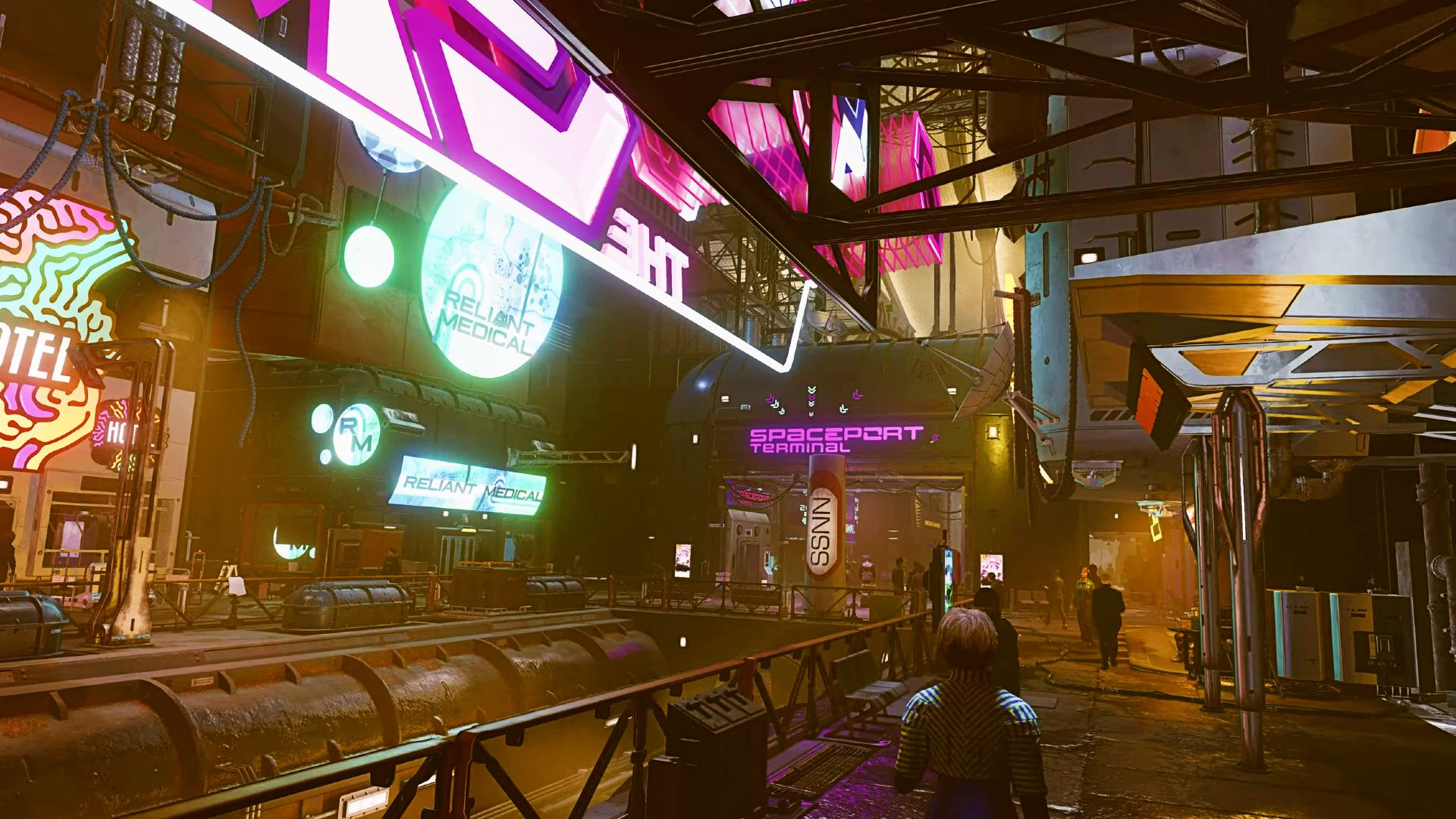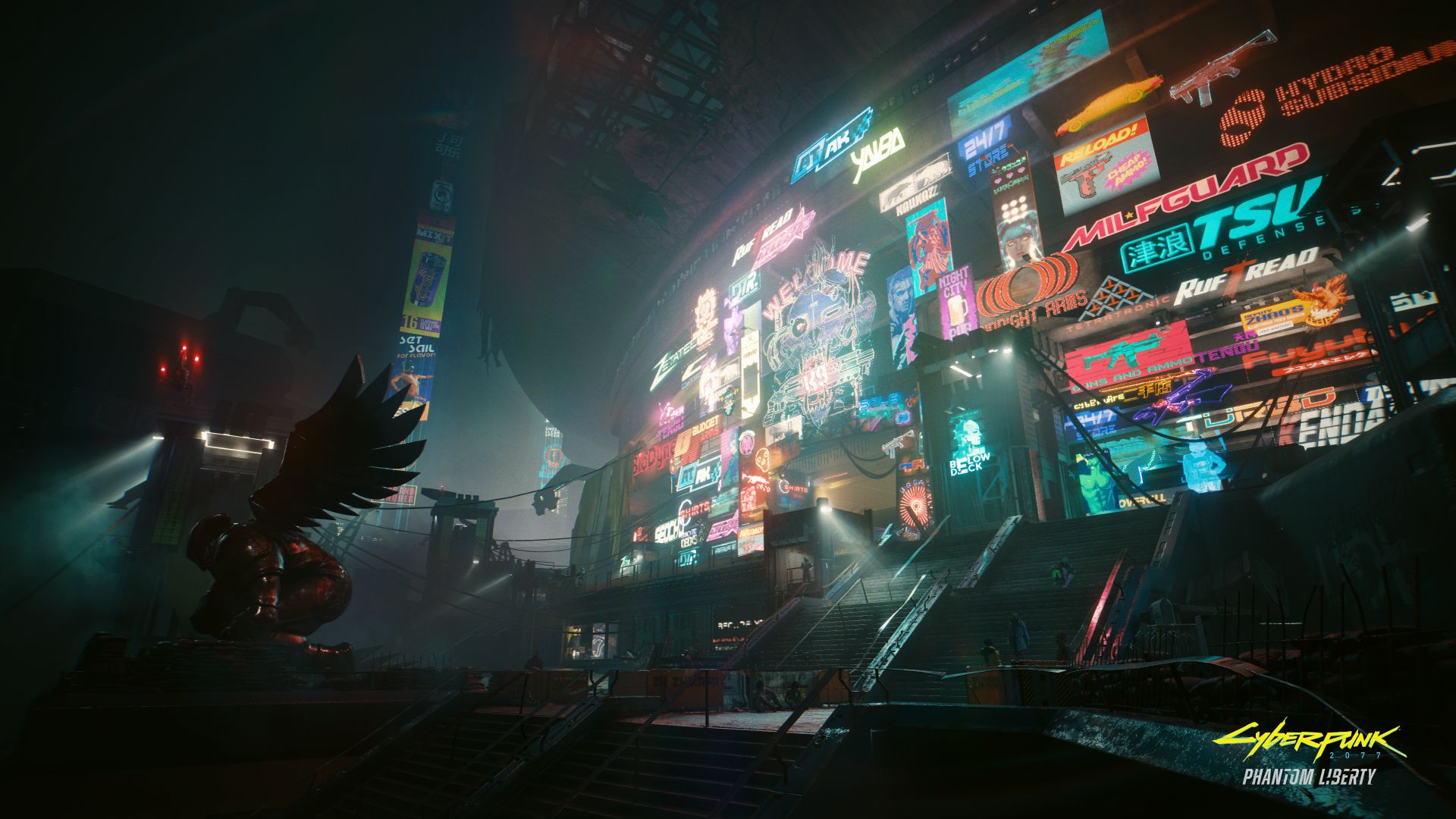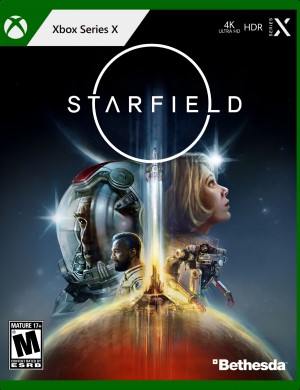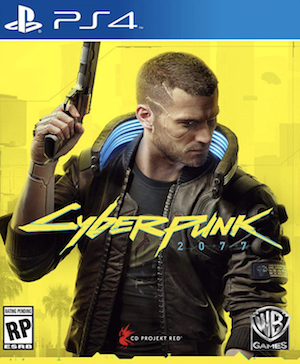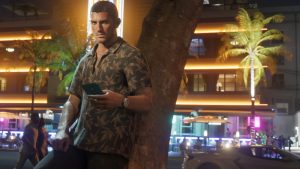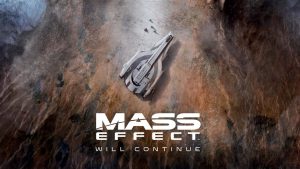
One of Starfield’s biggest strengths is how varied its open world is. It utilizes its vast setting of an entire galaxy as it should, and it populates that galaxy with a variety of different places that are thematically and visually very different from one another. New Atlantis, for instance, is a futuristic city with sleek architecture and towering skyscrapers, while Akila City is an untamed wild west frontier in a sci-fi setting. But the city that is probably the most interesting of them all is Neon, a grimy, grungy place where anything goes and corruption festers in every corner, a hive of greedy megacorporations, violent gangs, and corrupt authorities.
With that sort of vibe, it’s very easy to draw a comparison between Neon and Cyberpunk 2077’s Night City – after all, all of that stuff is intrinsically tied to the cyberpunk genre as a whole, both aesthetically and thematically – and even though Neon isn’t a full-blown cyberpunk city, it still feels like a much better realization of what Night City should have been in more ways than one.
For starters, on the most basic level, the backstory of the city itself is instantly interesting. Formerly a massive fishing platform on an aquatic world, after the company running it – Xenofresh Corporation – discovered that it could make the fish native to that planet to make the illegal substance known as Aurora, things changed rapidly. With Aurora only being legal in Neon throughout the entirety of the Settled Systems, what was once a fishing platform quickly became a thriving city, and is now a glitzy, dazzling hub that attracts tourists and businesses from throughout the galaxy, all of whom are all too happy to spend ridiculous amounts of money on thing that they either don’t need, or things that are bad for them (to say the least).
The moment you land on Neon, learning its backstory instantly lends itself a great deal of personality, which means you’re invested straight away. From that point forward, it continues to impress with how well it establishes its aesthetic and carves out a very distinct identity. Neon is a capitalist dystopia, where the extremely rich tower over the city and the extremely poor live in the cracks and the shadows, all densely packed together on a single, multi-storied fishing platform. It strikes that dichotomy excellently, and the visual identity it concocts for itself by using all of those elements instantly gives it a significant leg up over something like Night City. Don’t get me wrong, Night City is a dazzling place, especially on a visual level – but Neon feels incredibly unique, even on a conceptual level.
Neon also does an excellent job of driving home just how cutthroat every inch of it is. On one level, you have megacorporations that are constantly engaging in shady activities to sabotage each other through less-than-legal means, and on another, you have gangs on the streets getting embroiled in violent and bloody wars over territory. And even though Neon is technically in Freestar Collective space, the government really has very little power in the city, beyond having a small presence there, and Neon operates largely on its own rules- which are entirely too flexible, and not always well enforced, to say the very least.
One of the game’s major faction questlines is, in fact, built entirely around that premise. Players have the chance to join Ryujin Industries, one of the biggest megacorps doing business in Neon, and this is a questline that’s all about testing your moral boundaries in the free market. Sabotage, corporate espionage, extortion, bribery, theft, you name it- there’s plenty that you’ll be doing to not only ensure that your company’s bottom line is always increasing, but also that Ryujin’s competitors aren’t doing too well. In addition to featuring some excellent missions, this questline also does an excellent job of highlighting how Neon operates, just how seedy its seedy underbelly is, and what the intricacies of the city’s internal politics are. Once again, that builds a much stronger identity for Neon than what all of Cyberpunk 2077 managed for Night City.
What’s particularly impressive on top of all of that is that, in terms of pure size and scale, this really shouldn’t be a comparison. Neon isn’t a particularly massive space, and in comparison to Night City, it feels positively tiny. Where Neon is just one section of an open world map in its game, Night City is the open world map of its game- and yet, in spite of that disparity in size, the former feels like a much more well-realized location with a much stronger sense of place. On one hand, one might argue that being smaller allows Neon to be denser, and thus allows it to effectively cram more memorable content into less space. On the flipside, however, you also can’t help but wonder why, with all of its size and various districts, Night City couldn’t come close to achieving what Neon does with just a fraction of its real estate.
I feel like I need to make it clear that I don’t dislike Night City as a setting. I was burned pretty hard by Cyberpunk 2077 when it first launched, as many others were, but for all of its numerous flaws, the one part of the game I felt was relatively strong was its setting. It was visually distinct and felt like a place with a lot of personality- though of course, a lot of that was let down by how shallow and lifeless it felt under even the slightest of scrutiny, many of Night City’s biggest strengths on paper never really made it into the actual game itself, and much of its potential was left unrealized.
Thankfully, CD Projekt RED has a second shot at things with Cyberpunk 2077’s upcoming expansion, Phantom Liberty, which is going hand-in-hand with an overhaul to many of the base game’s systems as well. Put together, the update and the expansion are making mouth-watering promises, from an overhauled police system to much more reactive crowds, from an entirely new district being introduced with Phantom Liberty to, of course, the game itself just being in a significantly better technical state than it was in its earlier days (a lot of which has also come through several previous updates). If all of that can come together well enough, Night City will have the chance to fulfil many of its promises, giving us the cyberpunk city of our dreams.
For now, however, this is where I’ve landed. In spite of the fact that Neon isn’t even really a full-blown cyberpunk setting – you won’t find people with body augmentations and enhancements or slick, futuristic cars on this fishing platform, for instance – it does a much better job of selling its cyberpunk aesthetic than Night City, an actual cyberpunk city does.
Note: The views expressed in this article are those of the author and do not necessarily represent the views of, and should not be attributed to, GamingBolt as an organization.








